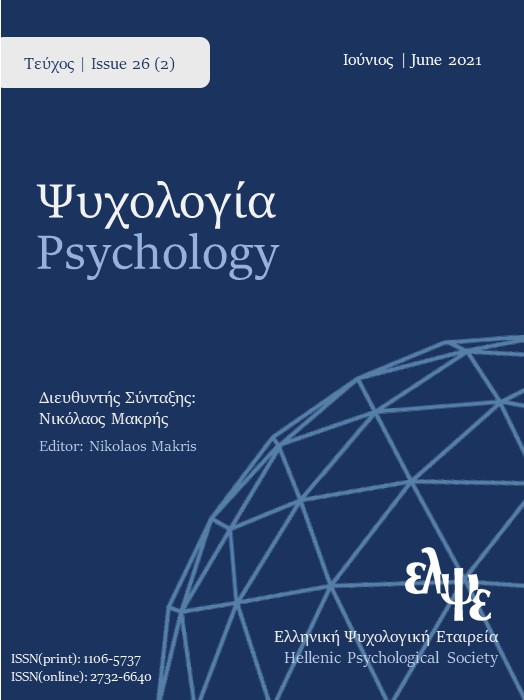The therapeutic relationship in cognitive behavioral therapy

Abstract
The article describes the distinctive features of the therapeutic relationship in cognitive behavioral therapy (CBT) and the ways of dealing with problems in the therapeutic interaction. The development of the way that the therapeutic relationship is understood within the context of cogntive behavioral therapy is presented, from the initial view that the therapeutic relationship is a necessary but not sufficient condition in order to achieve therapeutic change, to the modern view that the therapeutic change is produced by the therapeutic techniques, as well as the therapeutic relationship. The role of the therapist and the features of the therapeutic alliance in CBT are described, central among which is collaborative empiricism and Socratic questioning. The difficulties in the therapeutic relationship and the ways that can be addressed are discussed in the context of the related concepts of resistance, of ruptures in the therapeutic alliance and of transference and countertransference. The rationale regarding boundaries to the therapeutic relationship is discussed. In conclusion, in CBT the emphasis on the therapeutic relationship is not so central as in other therapeutic models and the relationship is integrated with techniques, although there is ongoing effort to enhance and expand the understanding of the therapeutic interaction. Nonetheless the quality of the relationship is not inferior to that of other treatment models and the therapeutic change in CBT is attributed equally to the implementation of techniques and relationship factors.
Article Details
- How to Cite
-
Efstathiou, G. (2021). The therapeutic relationship in cognitive behavioral therapy. Psychology: The Journal of the Hellenic Psychological Society, 26(2), 65–85. https://doi.org/10.12681/psy_hps.26862
- Section
- SPECIAL SECTION

This work is licensed under a Creative Commons Attribution-ShareAlike 4.0 International License.
The journal PSYCHOLOGY adopts a Platinum open-access policy. Submission, processing or publication costs are waived by the Hellenic Psychological Society. Papers published in the journal PSYCHOLOGY are licensed under a 'Creative Commons Attribution-ShareAlike 4.0 International' licence. The authors reserve the copyright of their work and grant the journal the right of its first publication. Third-party licensees are allowed to use the published paper immediately after publication as they wish, provided they retain the defined by the license copyright formalities, regarding the reference to its author(s) and its initial publication in the journal PSYCHOLOGY. Moreover, any adjusted work should be shared under the same reuse rights, so with the same CC license.


